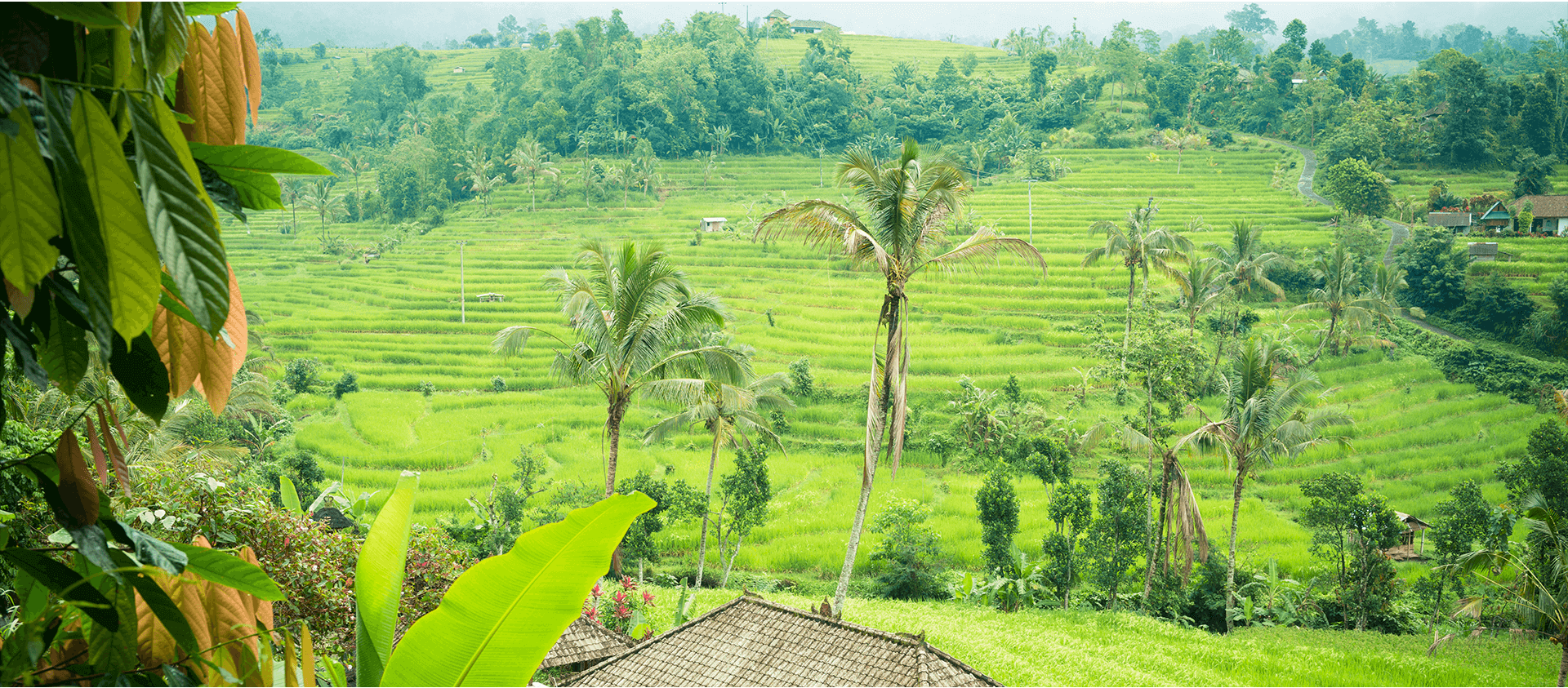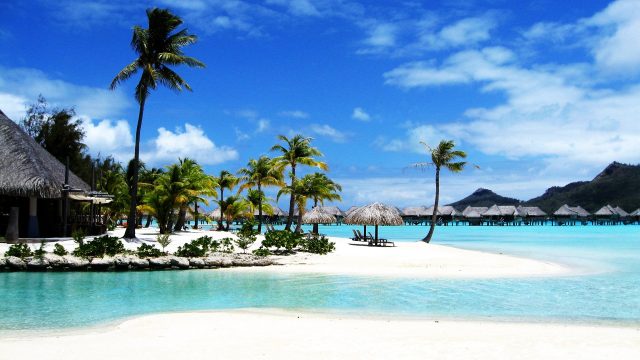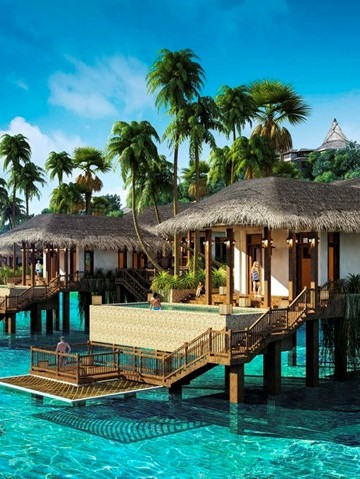TRAVEL EXPERIENCES IN BAN GIOC WATERFALL, CAO BANG, VIETNAM
20-03-2019Travel to Ban Gioc Waterfall, on the Chinese border, the Quay Son River cascades over towering limestone cliffs. Nearby, the Nguom Ngao Cave is filled with stalactites and rock formations. In the west, near the provincial capital of Cao Bang, the Pac Bo Cave was once used as a refuge by the Communist revolutionary leader Ho Chi Minh.
Area: 6,725 km²
Population: 517,900 (Jul 1, 2013)
Area code: 206
Practically the entire province of Cao Bang is dotted with hills and villages.
Cao Bang town was damaged in the war with China in 1979 and has since been rebuilt. It lies at an altitude of 300m, so there is a very beneficial climate all through the year. The markets are some of the largest in northern Vietnam, so you need to visit them when you are here.

The cool weather combines with many high mountains, beautiful sightseeings to form the convenient for relaxing tour and discovery tour. Famous sites include Thang Hen Mountainous Lake in Tra Linh, Ban Gioc Fall and Nguom Ngao Cave in Trung Khanh. Among of them, Ban Gioc Fall probably is one of most beautiful waterfall in Vietnam. Several sites where Uncle Ho lived and worked before the August 1945 Revolution include Pac Bo, Coc Bo Cave, Lenin Stream, and Khuoi Nam Stream. In Cao Bang, the traditional festivals have specific characteristics of ethnic groups, for example, Long Tong Festival, Inviting the-Moon-Mother Festival (Moi Me Trang).
Ethnic groups:
Many ethnic groups live together here. It creates plentiful traditional culture. Tay group makes up a large amount of population. They have own handwriting (Tay-Nung language group). The Tay's special culture is showed in village festival, vi and then singing.

Transportation:
Cao Bang is 272km north of Ha Noi following National Highway No.3. Cao Bang has National Highway No.4B and 3 linking to Lang Son, Bac Kan, Ha Giang provinces and to China. There are direct buses from Ha Noi, Thai Nguyen and Lang Son.
About 4km from Ban Gioc Waterfall, Nguom Ngao Cave is one of the most spectacular cave systems in Vietnam. Created by an underground river, it extends for several kilometres underground; villagers sheltered here during the 1979 war with China. Visitors are permitted in one section, where a 1km-long concrete path and excellent lighting have been installed.
A guide (no English) accompanies you on an hour-long cave tour, past huge stalagmite and stalactite outcrops and through a vast 100m chamber.
The 10-minute walk from the parking lot to the cave is also very beautiful, threading through the limestone hills that characterise Cao Bang province, past fields of soya beans.
A second, even bigger branch of the cave system is said to extend almost all the way back to Ban Gioc Waterfall, though there’s currently no visitor access to this section.

Ban Gioc Waterfall:
Ban Gioc Waterfall is one of Vietnam’s most impressive natural sights. Located in the northeastern province of Cao Bang, the falls are 30 metres high and 300 metres across, making Ban Gioc the widest – but not the highest – waterfall in the country. The falls occur on the Quay Son River, a beautiful jade-blue body of water, flowing through a pastoral landscape of rice fields and bamboo groves, surrounded by limestone pinnacles.
Pac Bo is located in Truong Ha Commune, Ha Quang District, Cao Bang province. Lying along the Vietnam-China border, about 40 km far from Cao Bang town. In the local dialect, Pac Bo means “starting point of a river”, this place, indeed, was the “starting point” of the Vietnamese revolution.
Pac Bo was closely associated with a particularly important historical stage in Ho Chi Minh’s life and our revolution (1941-1945). Nguyen Ai Quoc returned to Viet Nam, setting foot in his homeland across the border landmark N0 108 on January 28, 1941, after 30 years of searching for a way to liberate his nation. Here, the 8th Meeting of the Party’s Central Committee was held from 10 th May to 19 th May, 1941 under his chairmanship. The Committee decided to set up the Viet Minh Front, make national liberation the prime target of the Vietnamese revolution. Nguyen Ai Quoc founded the “Viet Nam Doc Lap” (Independent Viet Nam) review as the Viet Minh Front’s organ, organized Pac Bo Guerrilla Group and others.
Nguyen Ai Quoc traveled many places in Pac Bo. In December, 1944, at Na Sac, he gave the order to set up the Viet Nam Tuyen Truyen Giai Phong Quan (Propaganda Brigade for the Liberation of Viet Nam), that was the forerunner of the present Vietnamese People’s Army.

After 20 years of his parting, President Ho Chi Minh revisited Pac Bo on February 20, 1961.
The Pac Bo site was officially recognized by the State on February 21, 1975 as a national vestige of particular significance.
Open days: All days of the week (except Monday)
Address: Management Board of the Ho Chi Minh Vestigial Site in Cao Bang, Vuon Cam street, Cao Bang town, Cao Bang province.
Cao Bang War Memorial:
There's not a whole load to do in Cao Bang town itself, but there are great 360-degree views from the town's hill-summit war memorial. Head up the second lane off Ð Pac Bo, go under the entrance to a primary school and you’ll see the steps leading up the hill.
Ma Phuc Pass
Ma Phuc Pass of Cao Bang Province is on the way between Cao Bang Town and the Ban Gioc Waterfall. The pass is not famous with the elevation or the danger like some others in Vietnam, but with the natural beauty that you could capture from the top of the pass.




.jpg)
.jpg)
.jpg)
.jpg)
.jpg)
.jpg)
_.jpg)
.jpg)
.jpg)
.jpg)
.jpg)
.jpg)
.jpg)